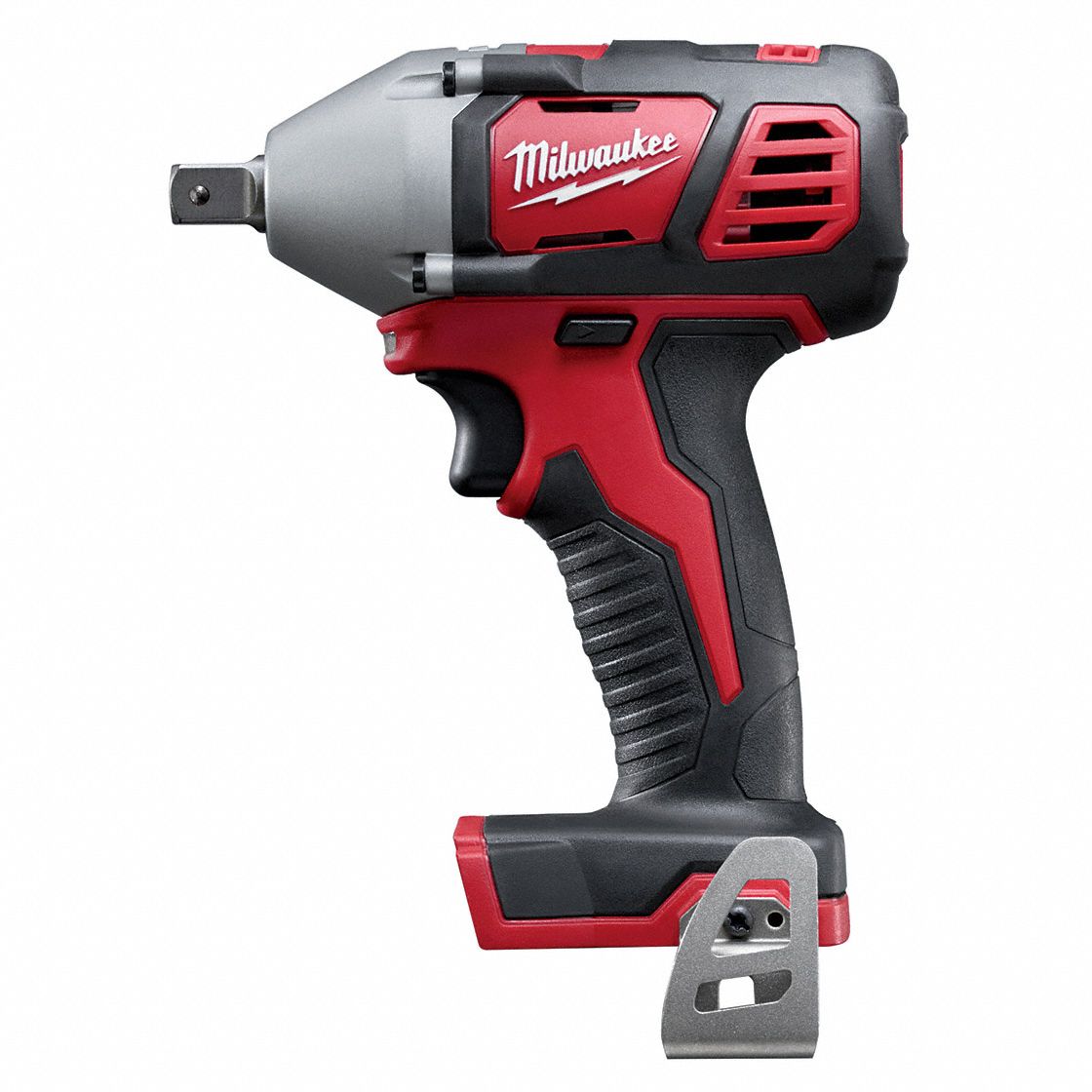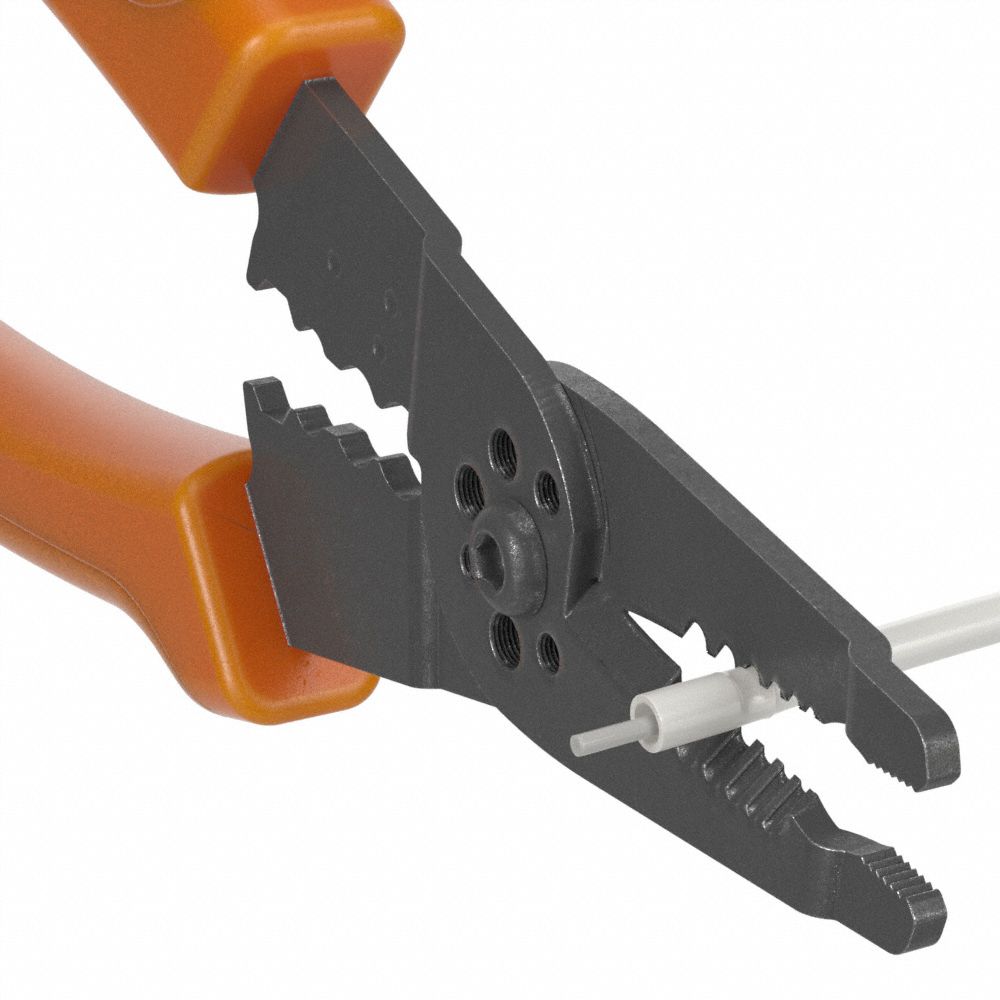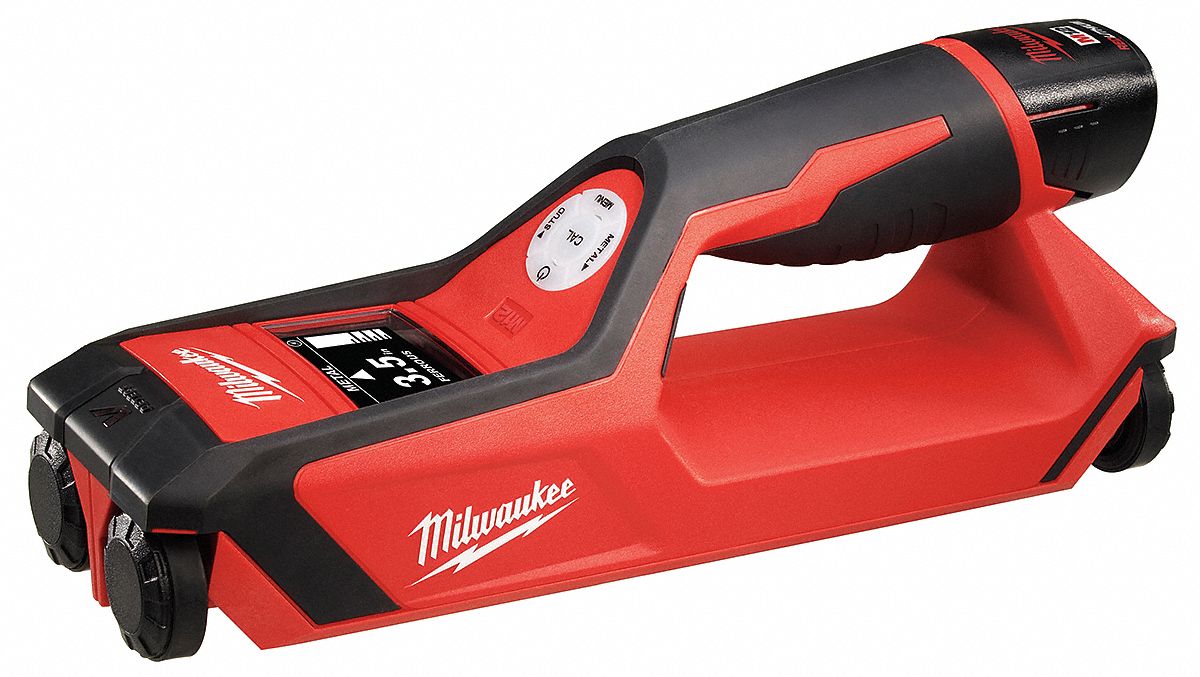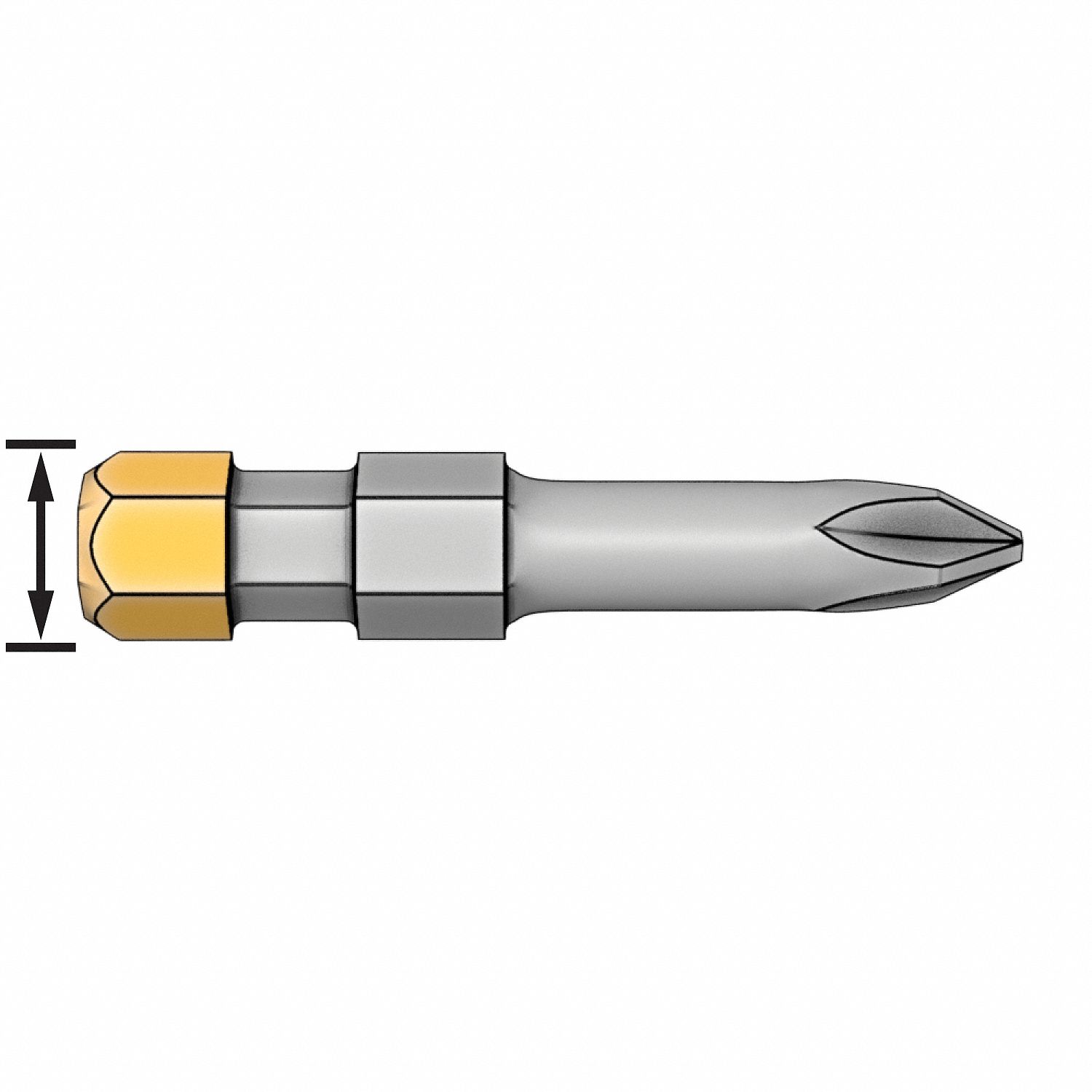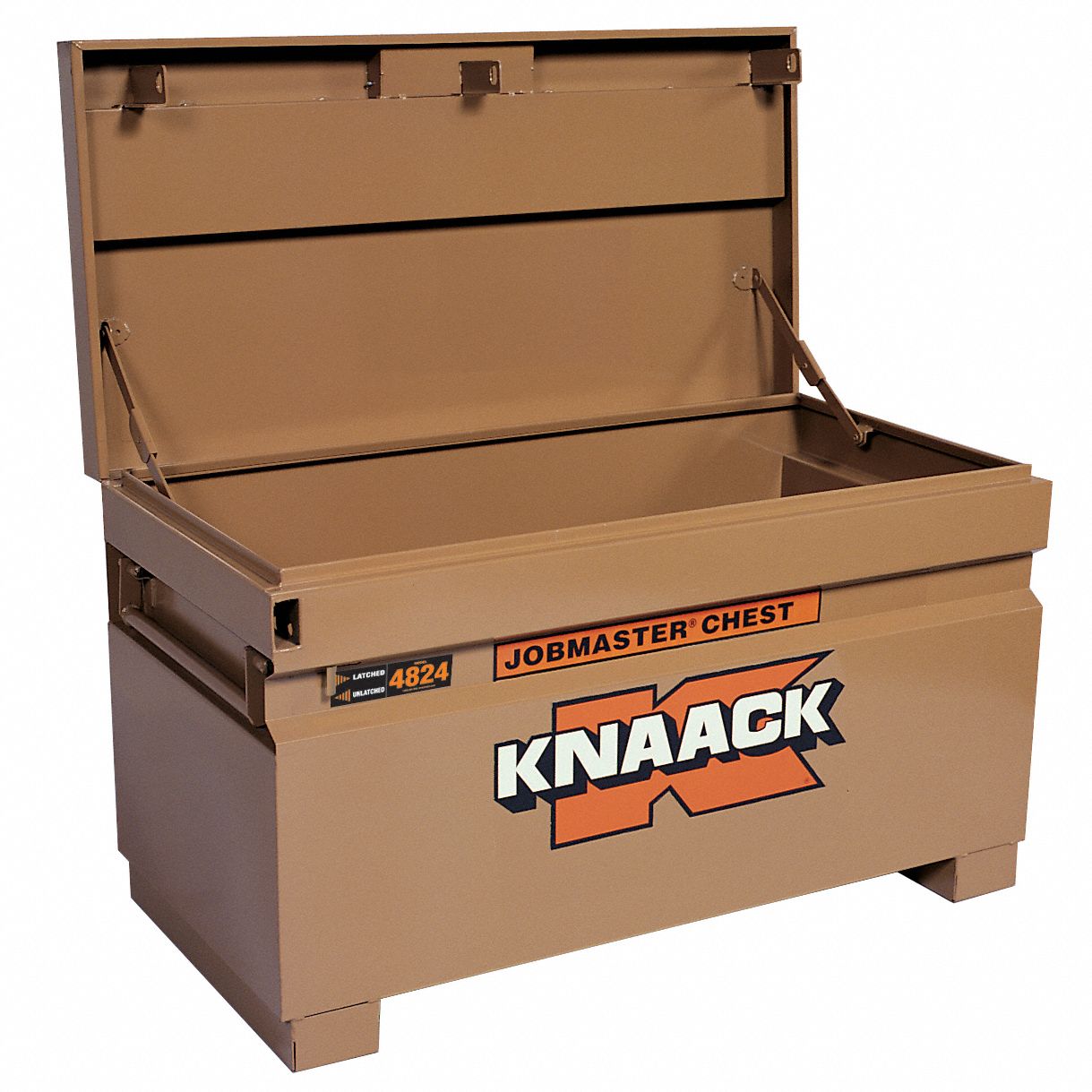

Choose the Right Drill Bit for Metals and Plastic
By Grainger Editorial Staff 5/25/23
Drill bits come in a wide range of shapes, sizes and lengths and are available in a variety of materials and coatings. For metals and plastic, drill bits have cutting edges designed to remove material as they rotate to create holes, and in the case of plastic, will also prevent cracking a workpiece. There are other drill bits whose cutting edges are specifically designed to tackle glass, tile and porcelain, masonry and concrete and wood.
The following drill bit properties, including the materials they are made of, flute designs, point angles, lengths and coatings are commonly found in bits designed to drill plastic and metals. Drill bits with varying combinations of these features are chosen for how well they perform specific tasks and how well they work for the strength and thicknesses of substrate. Here’s a quick rundown of these features and how typical uses for metals and plastic.
Drill Bit Materials
- High-Speed Steel (HSS): This is a popular material for drilling into softer steels as well as plastic. It’s an economical solution for most maintenance drilling applications.
- Cobalt (HSCO): It's considered an upgrade from high-speed steel because it includes 5-8% cobalt blended into the base material. This is a great option for drilling into harder steel, as well as stainless steel grades.
- Carbide: The hardest and most brittle of the drill bit materials, it’s used mostly for production drilling where a high-quality tool holder and equipment is used. It should not be used in hand drills or even drill presses. These bits are designed to drill into the hardest materials.
Flute Design
Another consideration when choosing drill bits is the flute design. Here are the two most common designs:
- Spiral: This is the helical design associated with most drill bits, with a groove twisting around the flute.
- Parabolic: With wider, deeper grooves than spiral flute bits, parabolic bits are more effective at extracting chip material during drilling. Parabolic flutes work well on softer materials like aluminum and plastic.
Point Angles
The two most common point angles for metals are 118 degrees and 135 degrees. The sharper 118-degree angle is best used for softer metals. Harder metals will wear the bit faster. The 135-degree self-centering point angle is flatter, putting more of the bit in contact with the substrate. Sometimes a bit with a 135-degree point angle tends to move around or “walk,” so tasks on harder metals with these bits may require a pilot hole to get the drill bit started.
Lengths
If a shorter drill bit can do the job, it’s a better option. Shorter drill bits are more accurate and because they’re more rigid, they don’t break as often so you can use less and therefore spend less. Shorter drill bits are also better in tighter, more confined areas. Here are a few of the most common varieties:
- Jobber Length: The most commonly used bit length, jobber length bits combine strength and accuracy for a variety of materials.
- Mechanics Length: Mechanics-length drill bits have a shorter flute then jobber-length bits, but they are stronger and more rigid, so they are less likely to break.
- Extended Length: Just as the name suggests, the flute and the shank are both long, making them idea for drilling deeper holes.
- Taper Length: These drill bits have a longer flute length than jobbers for drilling deeper holes than jobber-length drill bits of the same size, though the shank is shorter than with extended-length bits.
- Screw Machine Length: Also known as stub-length bits, screw-machine-length bits are shorter than jobber-length and maintenance-length bits of the same size, providing more strength and rigidity.
Drill Bit Coatings
The primary purpose of a drill bit coating is to provide a protective shield that improves cutting performance of the bit, extending the life of the tool. Some coatings have specific functions. For metals and plastics, here are some of the more common coatings and the benefits of each.
- Aluminum Titanium Nitride (AITiN): The superior hardness of this coating makes it ideal for high-temperature applications (greater than 1400 F or 800 C) and protects the bits from wear when drilling hard and abrasive materials.
- Black Oxide: This is a surface treatment used to help reduce friction and increase speed and chip flow. Drill bits coated with black oxide are more durable than standard HSS bits and are great general-purpose bits.
- Bright: While not an actual finish, polished, bright bits are best for use in plastics and aluminum. Because they aren’t coated, bright finished bits can be sharpened when they become dull.
- TiN (titanium nitride): These can be run faster than uncoated drill bits, helping to get more done in less time, thereby extending the life of the drill.
- TiCN (titanium carbonitride): Bits made of titanium carbonitride are great for stainless steel, cast iron and aluminum. They are harder and more wear-resistant than other coatings.
- TiALN (titanium aluminum nitride): These are for use in high-alloy carbon steels, nickel-based materials and titanium, but they should not be used for aluminum.
Choosing the right drill bit for the task is an important part of any project or application. Whether it’s matching the appropriate bit to the substrate material, getting the right match for the depth and diameter of the hole needed, or even the volume of work, the right choice can extend the life of your drill bits and your tools.
Stop by the KnowHow equipment page for more tips on tools and supplies.
The information contained in this article is intended for general information purposes only and is based on information available as of the initial date of publication. No representation is made that the information or references are complete or remain current. This article is not a substitute for review of current applicable government regulations, industry standards, or other standards specific to your business and/or activities and should not be construed as legal advice or opinion. Readers with specific questions should refer to the applicable standards or consult with an attorney.

